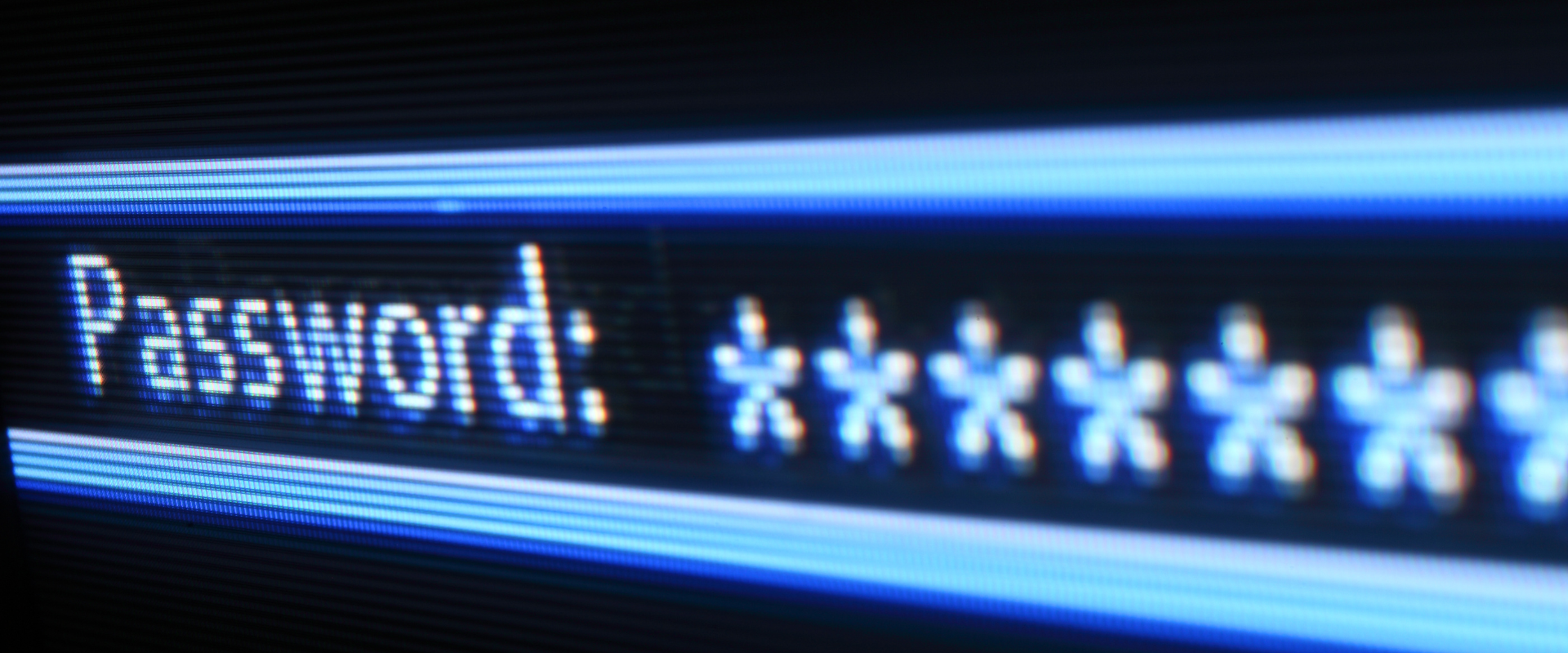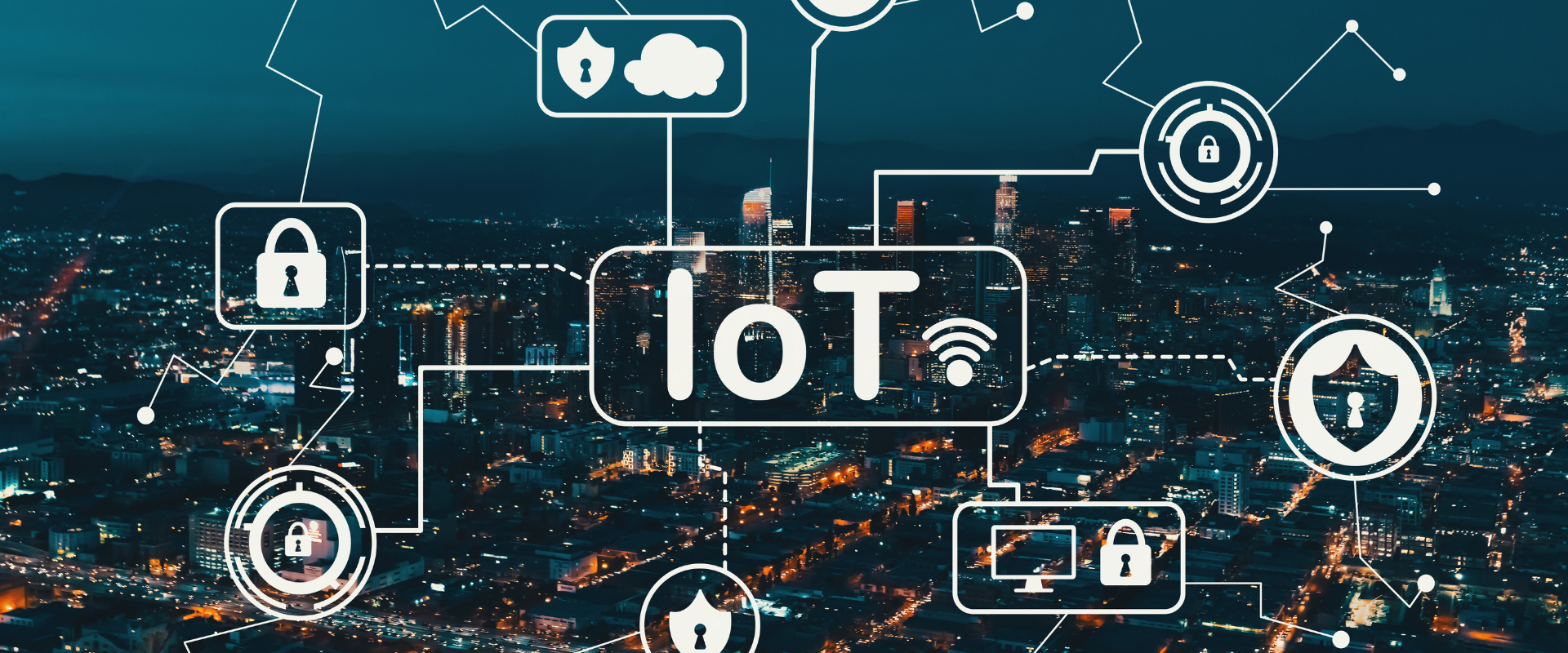
Deepfake & Cybersecurity: When AI Tricks Become a Threat to Your Business
By, Webmaster
- 17 Sep, 2025
- 4.4k Views
Deepfakes have moved from being a curiosity of the digital age to a serious cybersecurity threat. With advances in AI and deep learning, attackers can now create highly convincing videos, audio clips, and images that impersonate executives, employees, or even public figures. These synthetic media are increasingly used in cybercrime, from financial fraud to corporate sabotage, putting businesses of all sizes at risk. Organizations must understand this evolving threat and implement strategies to detect and mitigate deepfake attacks before they cause irreparable harm.
The Rise of Deepfakes in Cybercrime
Deepfakes are AI-generated media designed to convincingly imitate real people. While initially associated with entertainment and social media, cybercriminals now exploit deepfakes for malicious purposes. They are used to create fake CEO videos instructing employees to transfer funds, impersonate clients or partners, or spread disinformation that can damage a company’s reputation. The realism of these attacks makes them particularly hard to detect, increasing the potential impact on targeted organizations.
How Deepfake Attacks Target Businesses
Deepfake attacks often begin with research. Cybercriminals study executives’ online presence, speech patterns, and video footage to create accurate replicas. Once ready, these deepfakes are used in various ways:
Executive Impersonation for Fraud: Fake audio or video messages instruct employees to make urgent financial transfers or disclose sensitive information.
Manipulated Client Communications: Customers or partners may receive convincing videos or emails, leading to fraud or data leaks.
Reputation Attacks: Deepfake content can be used to spread false statements, potentially going viral and causing long-term damage to public perception.
These attacks leverage trust and human psychology, making even the most cautious employees susceptible.
The Risks and Consequences
The impact of deepfake attacks goes beyond immediate financial loss. Organizations may face:
Direct Financial Fraud: Transfers of funds or confidential information based on fraudulent instructions.
Data Exposure: Sensitive internal communications or client information could be compromised.
Reputational Damage: Viral deepfake content can erode trust among customers, partners, and stakeholders.
Legal and Compliance Issues: Mishandling data or failing to prevent fraudulent communications may lead to regulatory fines or lawsuits.
Defending Against Deepfake Threats
Combating deepfake attacks requires a combination of technology, policy, and employee awareness:
Employee Education: Train staff to recognize suspicious communications and verify unusual requests through multiple channels.
Verification Protocols: Establish multi-step confirmation processes for financial transactions or sensitive data requests.
Detection Tools: Implement AI-driven deepfake detection software to analyze videos and audio for signs of manipulation.
Incident Response Planning: Include deepfake scenarios in cybersecurity incident plans, ensuring rapid containment and mitigation.
Continuous Monitoring: Monitor unusual activity and communications patterns across email and messaging platforms to detect anomalies early.
Conclusion
As AI technology advances, deepfake attacks will become increasingly sophisticated, making human verification alone insufficient. Businesses that combine technology, rigorous verification protocols, and continuous employee education will be better prepared to detect, respond, and prevent these high-impact cyber threats. Treating deepfake cybersecurity as both a technological and operational priority is essential for safeguarding financial assets, sensitive data, and organizational reputation.
Recent Posts
- IoT Security Risks: How Connected Devices Are Expanding the Cyberattack Surface
- Data Breaches: Understanding the Real Cost of a Cyberattack
- Deepfake Fraud: The New Frontier of Cybercrime
- Cloud Security Challenges: How to Protect Your Data in a Borderless Digital World
- AI in Cybersecurity: How Artificial Intelligence is Changing the Fight Against Cyber Threats
Category
- Cyber Security (86)
- Vulnerability Assessment (70)







